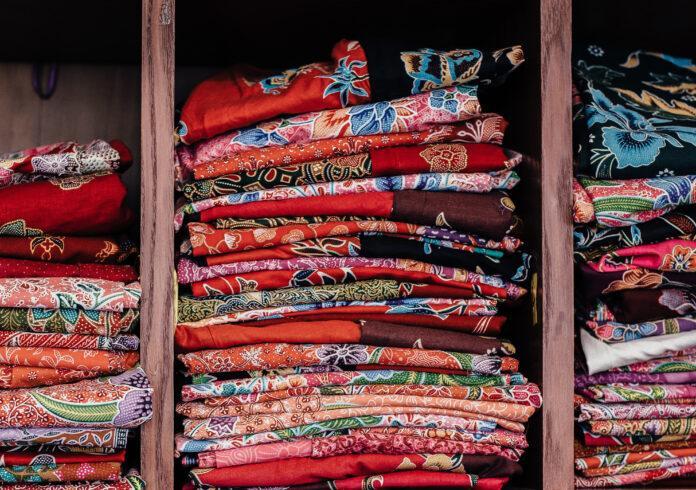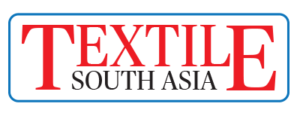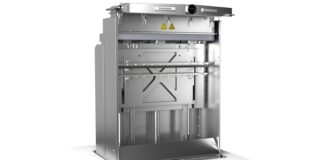Indian apparel exporters reported healthy revenue growth and profitability in the past four quarters, surpassing the pre-Covid levels, supported by strong realizations and healthy demand post the lifting of lockdown restrictions. As per the ICRA’s recent research report on Apparels & Fabrics, in Q2 FY2023 also, while exporters are expected to have recorded healthy YoY growth, the revenues are expected to have moderated sequentially due to a slowdown in demand amid concerns about recession in the key markets.
Commenting on this, Mr. Jayanta Roy, Senior Vice President & Group Head, of Corporate Sector Ratings, ICRA, said, “We expect ICRA’s sample of large/mid-scale apparel exporting companies to report a healthy growth in revenues in FY2023. While high realizations are expected to support the revenue growth for the year, higher raw material and logistics costs could dent apparel exporters’ profitability for the year.”
In FY2022, apparel exporters in the sample reported a 41% increase in turnover, and a 280-300-basis-point (bps) improvement in operating margins, following a 16% revenue decline in FY2021. While the revenues remained weak till Q1 FY2022, healthy improvement for the year was supported by higher pent-up demand and improved discretionary consumer spending with the easing of lockdown restrictions from Q2 FY2022.
For FY2023, ICRA expects top-line growth of ~14-15% for apparel exporters with a slight moderation in margins by 100-300 bps amid sustained high raw material prices for a large part of the year, and higher logistics costs. Notwithstanding the slight correction in recent months, there has been a sharp surge in yarn prices across the board since September 2020, touching all-time highs in May/June 2022. Indian cotton yarn prices averaged ~42% and ~39% higher in FY2022 compared to FY2021 and the past 5-year average, respectively. While raw material cost pressures remain, the stability of export incentives together with the benefits of increased scale helped companies maintain profitability so far.
Overall, the moderation in profits in FY2023 is expected to adversely impact the coverage metrics of apparel players. This is expected to be further accentuated by higher debt-funded CAPEX proposed by a few mid-sized/ large companies, driven by the PLI scheme announced by the Central Government. ICRA expects its sample of apparel exporting companies to report an interesting cover of ~5 times and total debt/ OPBDITA of ~3 times in FY2023, compared to ~6 times and ~1 time respectively, in FY2022.
Even as concerns about growth are increasing due to geopolitical tensions and sustained inflationary pressures, the demand trend has remained encouraging so far. Apparel imports by the EU and the US, which account for ~55% of the global apparel trade, grew by ~20% YoY in 5M CY2022, following a ~17% increase in CY2021. The EU’s apparel imports (excluding imports by the UK and trade within the EU) reported a healthy 37% YoY growth in US$ terms in 5M CY2022. However, the growth is also partially due to the fall in the euro vis-à-vis USD. In comparison, US apparel imports grew 39% in value terms and 23% in quantity terms in 7M CY2022. The higher growth in value terms is a reflection of increased production costs due to a sharp surge in raw material prices, which led to an overall increase in unit prices.
Commenting on this, Mr. Kaushik Das, Vice President & Co-Group Head, of Corporate Sector Ratings, ICRA said, “While global apparel trade remained subdued in H1 CY2021 due to incremental waves of infections, the opening up of economies and strong revival in discretionary consumer spending led by pent-up and revenge buying took global apparel trade to all-time highs in CY2021. This also led to the US retail inventory levels to remain at multiyear low levels for the most part of CY2021.”
CY2022 started with a lower inventory-to-sales ratio than typically seen during these months. While the ratio has picked up gradually from May 2022, it remains lower than historical averages for the comparable periods. This could be a new normal for some time, as retailers focus on reducing inventory risk amid an evolving economic and geopolitical scenario worldwide.








